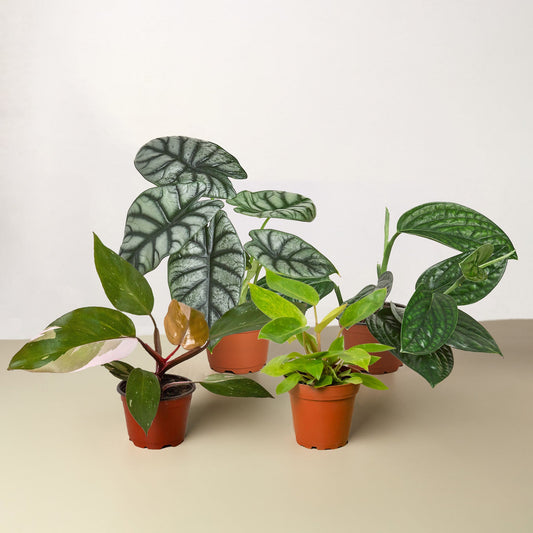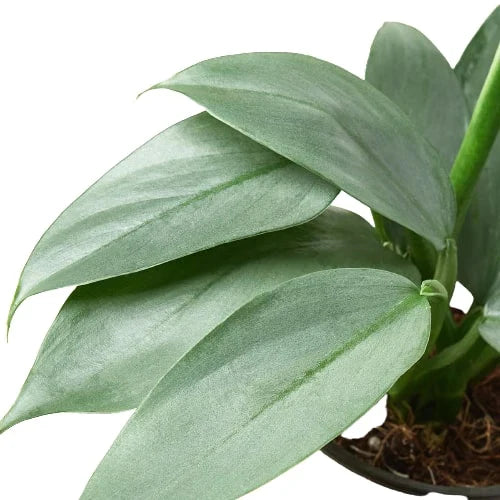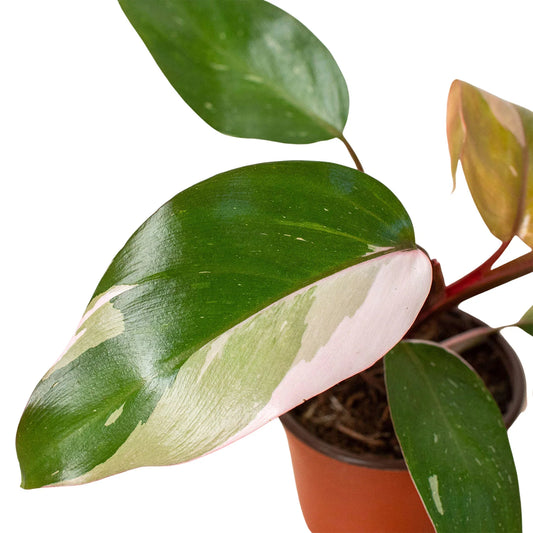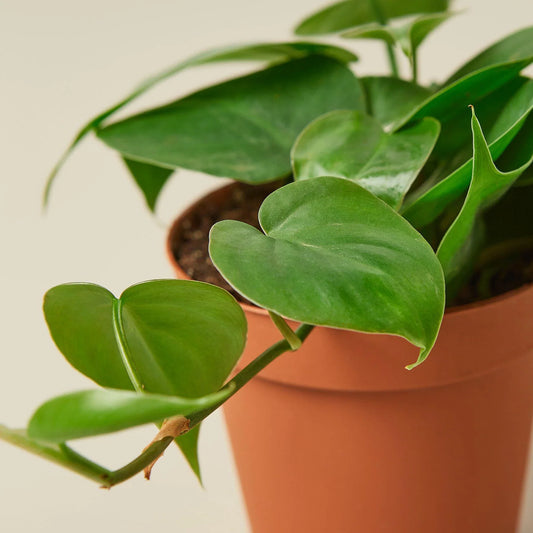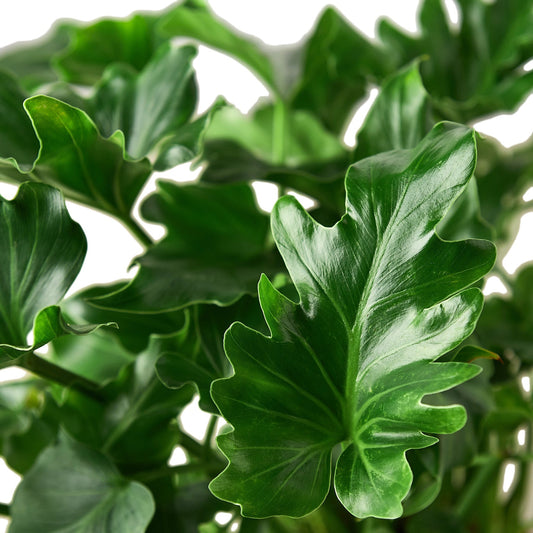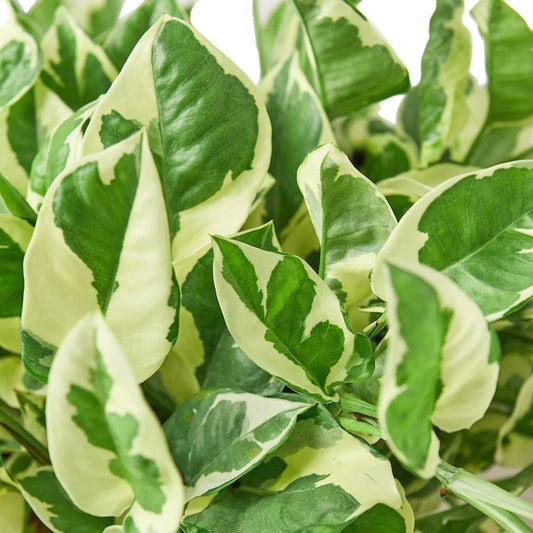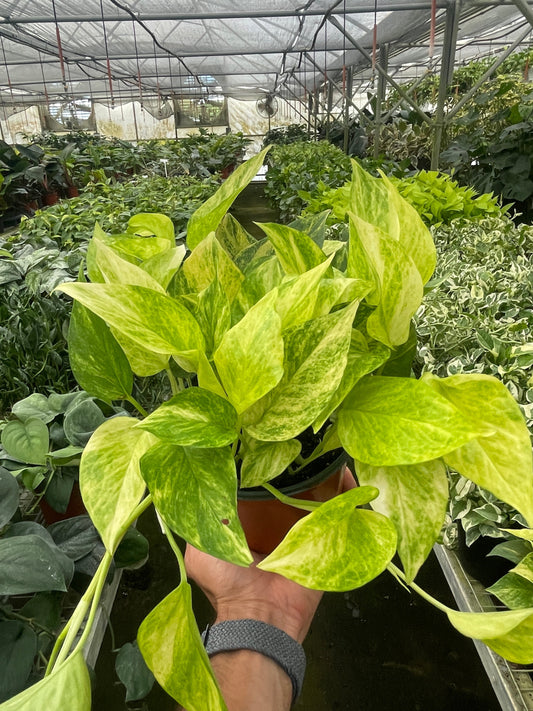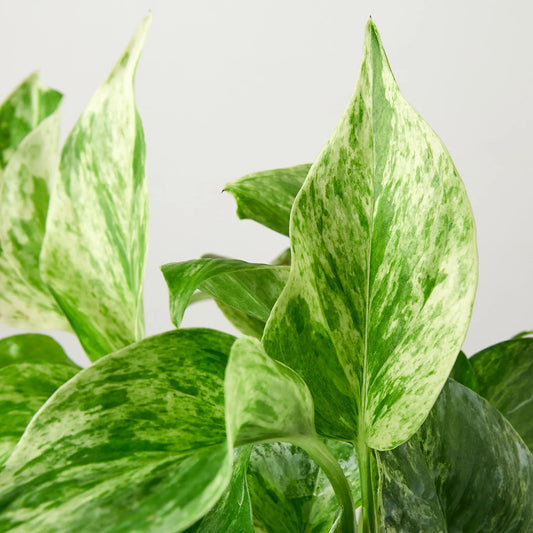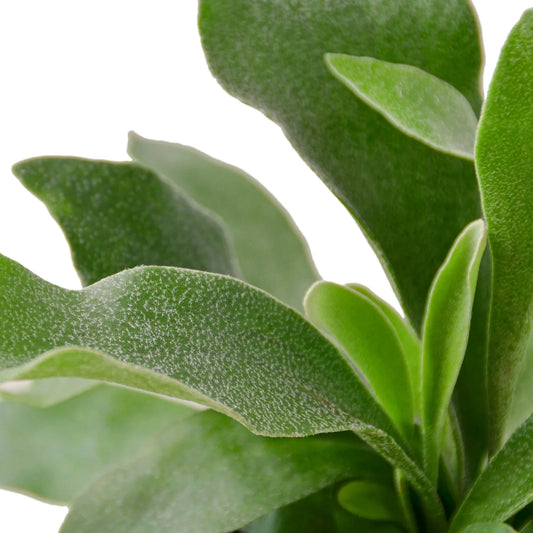How To Treat Spider Mites On Coral Cactus
Cafe Planta Team
Spider mites are tiny, but don't let their size fool you—they can cause big problems for your beloved coral cactus. If you've noticed those pesky little critters making themselves at home on your plant, it's time to act. But don't worry, tackling spider mites doesn't have to be a daunting task. With the right approach, you can get rid of them and bring your coral cactus back to its vibrant self.
In this article, we'll cover everything you need to know to treat spider mites on your coral cactus. From identifying the problem to different treatment methods and preventive measures, we'll guide you through each step. Let's get started!
Spotting the Signs: Is It Spider Mites?
Before you jump into action, you need to confirm that spider mites are indeed the culprits. These tiny pests are about the size of a grain of sand and can be hard to see with the naked eye. But their presence is definitely noticeable if you know what to look for.
Here are some telltale signs that your coral cactus might have a spider mite problem:
- Webbing: One of the most obvious indicators is the presence of fine, silky webs on your plant. These webs are often found in the crevices and undersides of leaves.
- Discolored Spots: Spider mites feed on the sap of the plant, which can result in tiny, pale spots on the leaves. Over time, these spots may cause the leaves to turn yellow or bronze.
- Leaf Drop: If the infestation is severe, your coral cactus might start dropping its leaves as a stress response.
- Stunted Growth: An affected plant may not grow as vigorously as it should, since the mites are sapping its vitality.
If you notice any of these symptoms, it's time to take a closer look with a magnifying glass. If you spot tiny moving dots—often red or brown in color—you're dealing with spider mites.
Understanding the Enemy: Spider Mite Behavior
Knowing your enemy is half the battle. Spider mites thrive in warm, dry conditions, which is why they often appear during the hotter months. They reproduce quickly, with a new generation every one to two weeks. This rapid lifecycle means that a small problem can become a big one fast if not addressed promptly.
Spider mites are not insects; they're actually arachnids, like spiders. This is why many traditional insecticides don't work on them. They pierce the plant cells and suck out the contents, leading to the damage you see on your plant.
Interestingly enough, these mites can be tough to get rid of because they develop resistance to certain treatments over time. That's why it's important to rotate different control methods to ensure you're effectively managing the problem.
Getting Rid of Spider Mites: Natural Remedies
If you're looking for a gentle approach to dealing with spider mites, there are several natural remedies you can try. These methods are safe for your plant and the environment, making them a great first line of defense.
1. Water Blast
Sometimes, the simplest solutions are the most effective. A strong blast of water can dislodge spider mites from your plant. Take your coral cactus to the sink or shower and rinse the leaves thoroughly. Be sure to focus on the undersides, where mites tend to hide. This method works best for light infestations.
2. Soap and Water
Mix a few drops of mild dish soap with water in a spray bottle and apply it to the affected areas. The soap helps break down the mites' outer shell, making them more susceptible to removal. Rinse the plant with clean water after a few hours to prevent any soap residue from harming the plant.
3. Neem Oil
Neem oil is a natural pesticide derived from the seeds of the neem tree. It's effective against a variety of pests, including spider mites. Mix neem oil with water according to the instructions on the label and spray it on your coral cactus. Neem oil works best when applied regularly over a few weeks.
Chemical Options: When to Consider Pesticides
If natural remedies aren't doing the trick, you might need to turn to chemical solutions. While these should be used with caution, they can be effective for severe infestations.
1. Insecticidal Soap
Insecticidal soap is a safer option than traditional pesticides. It's made to target soft-bodied insects and mites without harming the plant. Follow the label instructions carefully and apply it to all plant surfaces.
2. Miticides
Miticides are specifically designed to target mites. They can be quite effective, but you should rotate between different types to prevent resistance. Always follow the application instructions and safety precautions on the label.
Remember, while chemical treatments can be effective, they should be a last resort due to their potential impact on the environment and non-target species.
Preventive Measures: Keeping Spider Mites at Bay
Once you've dealt with the current infestation, it's important to take steps to prevent future problems. Here are some tips to keep spider mites away from your coral cactus:
- Maintain Humidity: Spider mites thrive in dry conditions. Increase the humidity around your plant by using a humidifier or placing a tray of water nearby.
- Regular Inspections: Check your plants regularly for signs of pests. Early detection makes treatment easier and more effective.
- Proper Watering: Overwatering or underwatering can stress your plant, making it more susceptible to pests. Follow a consistent watering schedule that's appropriate for your coral cactus.
- Clean Surroundings: Keep your plant's environment clean. Dust can attract mites, so wipe down leaves with a damp cloth periodically.
Creating a Healthy Environment for Your Coral Cactus
A healthy plant is less likely to fall victim to pests, so creating the right environment for your coral cactus is crucial. Here are some tips to help your plant thrive:
- Light: Coral cacti prefer bright, indirect light. Too much direct sunlight can scorch the leaves, while too little can stunt growth.
- Soil: Use a well-draining cactus mix to prevent root rot. You can also add perlite or sand to improve drainage.
- Fertilizing: Feed your coral cactus with a balanced fertilizer during the growing season, but be cautious not to over-fertilize, as this can lead to salt buildup in the soil.
- Temperature: These plants enjoy temperatures between 60-85°F (15-29°C). Keep them away from drafts and sudden temperature changes.
When to Repot Your Coral Cactus
Repotting can help rejuvenate your coral cactus and give it fresh soil to thrive in. But how do you know when it's time to repot? Here are some signs to watch for:
- Root Bound: If you notice roots growing out of the drainage holes or circling the pot, it's time for a larger container.
- Depleted Soil: Over time, soil can lose its nutrients. If your plant's growth is stunted, it might need a nutrient boost from fresh soil.
- Water Drainage Issues: If water is sitting on the surface or draining too slowly, the soil might be compacted. Repotting can improve drainage.
When repotting, choose a pot that's one size larger and fill it with fresh, well-draining soil. Be gentle with the roots and water the plant lightly after repotting.
Finding the Right Balance for Your Plant Collection
Caring for a collection of plants requires finding the right balance to meet each plant's needs. Here are some tips to help you manage your plant family effectively:
- Group According to Needs: Group plants with similar light and humidity requirements together. This makes it easier to provide consistent care.
- Rotate Plants: Rotate your plants every few weeks to ensure even light exposure. This prevents one side from becoming leggy or discolored.
- Observe and Adjust: Pay attention to how your plants respond to their environment. If a plant seems unhappy, try adjusting its location, watering schedule, or soil conditions.
Designing a Plant-Filled Space
Plants not only purify the air but also add a touch of nature to your home. Designing a plant-filled space can be a rewarding experience that reflects your personality and enhances your living environment.
Consider these ideas when incorporating plants into your home:
- Use Different Heights: Mix tall floor plants with smaller tabletop varieties to create a dynamic look.
- Play with Colors and Textures: Combine plants with different leaf colors and textures to add visual interest.
- Use Containers as Decor: Choose pots and planters that complement your interior style. They can be a design feature in themselves!
- Bring the Outdoors In: Use plants to connect indoor and outdoor spaces. A well-placed plant can blur the line between your home and garden.
Ultimately, the goal is to create a space that feels harmonious and inviting, where both you and your plants can thrive.
Final Thoughts
Dealing with spider mites on your coral cactus can be a bit challenging, but with the steps outlined here, you're well-equipped to tackle the problem head-on. By using a combination of natural treatments and preventive measures, you'll be able to keep these pesky mites at bay and enjoy a healthy, thriving coral cactus.
At Cafe Planta, we're here to support you on your plant journey. Whether you're looking for new additions to your collection or need advice on plant care, we've got you covered. Feel free to reach out to us via email or Instagram. Together, let's create beautiful, plant-filled spaces that bring joy and tranquility to our lives.








